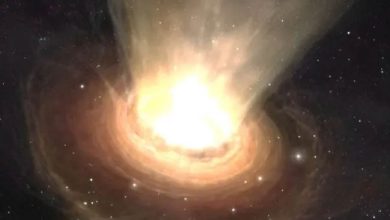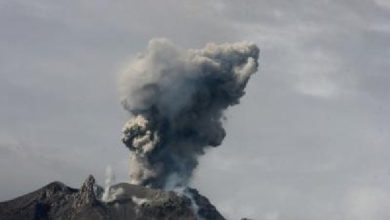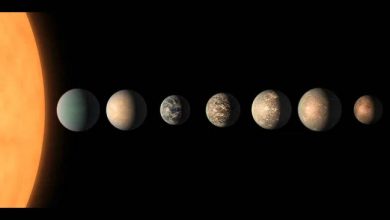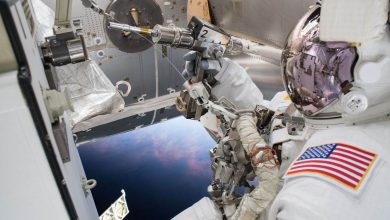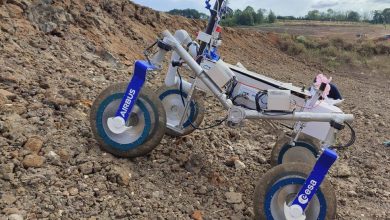Japanese company iSpace plans to land helium-3 mining mission on the Moon
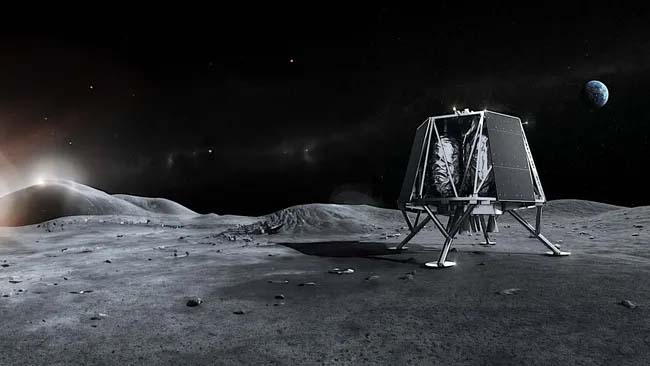
SCIENCE: Space mining is getting closer to reality with the latest agreement between Japanese lunar exploration company ispace and lunar prospecting company Magna Petra.
In a memorandum of agreement, ispace and Magna Petra have agreed to collaborate to use the moon’s resources for the economic benefit of life on Earth, the companies announced Tuesday, Dec. 10.
Through “non-destructive, sustainable harvesting,” Magna Petra plans to one day extract “commercial quantities” of the helium-3 isotope from the regolith on the moon’s surface for mining and distribution back to Earth, where the resource is facing an extreme supply shortage, according to the joint statement. The agreement comes as ispace prepares for the launch of its second lunar lander mission, which is expected to succeed where its predecessor lander failed. That mission, ispace’s first attempt to land on the moon, crashed due to a malfunction in the lander’s altitude sensor. For its second mission, ispace says it has made the necessary improvements to the lander’s software to prevent a similar accident this time around.
If all goes according to plan, ispace’s upcoming Resilience lunar lander will carry the company’s Tenacious micro rover to the surface of the moon to demonstrate its ability to travel across the lunar terrain and collect regolith samples. That launch is currently scheduled to take place no earlier than January 2025.
Meanwhile, Magna Petra says this type of technology demonstration will allow the company to move on to “faster timelines to verify, capture and return large quantities of helium-3,” which it eventually hopes to bring back to Earth.
Magna Petra CEO Jeffrey Max expressed his confidence in ispace’s accomplishments so far, saying, “These missions require a lunar transportation and infrastructure partner with proven competency, agility and strong leadership.” “The ispace teams’ strong track record of innovation and performance, as well as global footprint are a perfect fit for Magna Petra’s critical mission requirements,” he added.

